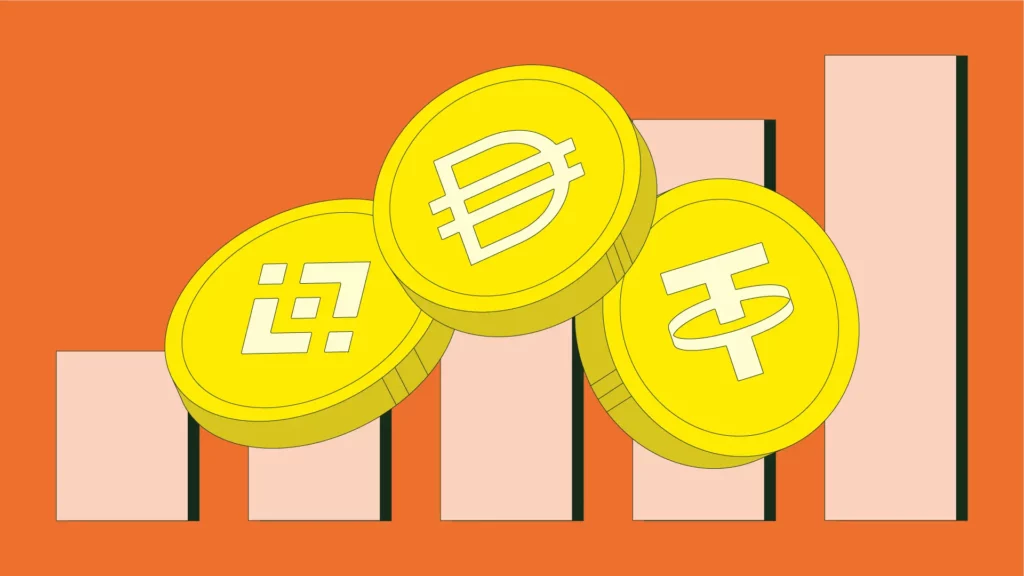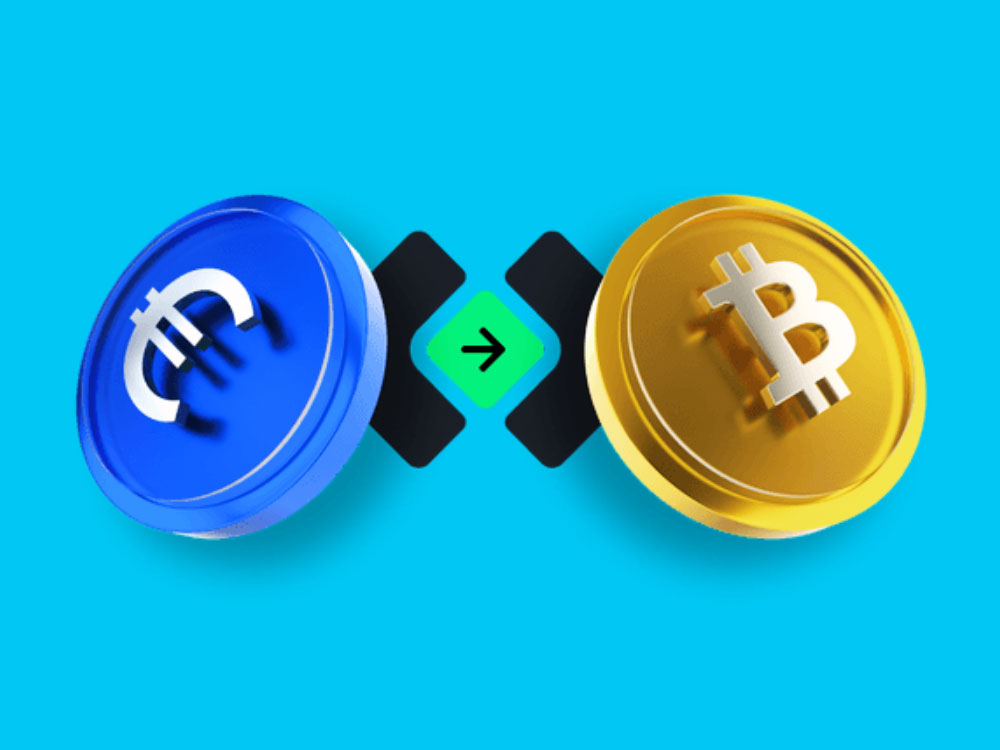Customer acquisition costs (CAC) are one of the biggest pain points for fintech startups, especially in emerging markets where trust, friction, and payment barriers all slow down growth. One regional fintech, focused on digital wallets and crypto savings tools, knew this challenge all too well.
They were spending heavily on user onboarding campaigns, yet too many signups dropped off before completing their first transaction. The issue? Payment friction.
Here’s how this fintech used TransFi to integrate local payment on-ramps—and cut CAC by 35% within a quarter.
The Problem: High Spend, Low Activation
The fintech offered a clean interface, strong feature set, and clear benefits—users could save and transfer in USDC or USDT, avoiding inflation and FX fees in their local markets.
But even with thousands of signups from performance marketing, too few users were activating. The main issue was funding their wallet.
Most users didn’t want to sign up for an exchange just to get USDC. They weren’t ready to mess with seed phrases or browser wallets. And they definitely weren’t interested in learning how to bridge tokens.
The drop-off was happening at the exact moment it mattered most—when a user was ready to try the product.
The Fix: Adding Local Payment Rails via TransFi
Instead of asking users to leave the app and figure out crypto onboarding elsewhere, the fintech integrated TransFi’s fiat-to-crypto API directly into its wallet onboarding flow.
Now, users could:
- Add funds using local payment methods like UPI, bank transfer, or mobile wallets
- Convert directly into USDC or USDT without leaving the app
- Skip exchanges, seed phrases, and external crypto wallets
The integration took less than two weeks. TransFi handled the compliance and KYC flows through its hosted interface. The fintech didn’t have to worry about licenses or building fiat rails themselves.
What Changed: Friction Removed, Conversions Up
Once TransFi went live, activation rates started climbing immediately. Users who previously dropped off at the funding stage were now completing their first transaction in minutes.
Key results over 90 days:
- 35% drop in CAC due to higher activation from the same ad spend
- 2.7x increase in first-time top-ups
- Better retention from users who experienced instant success on day one
- Higher conversion rates in markets like Nigeria, India, and Vietnam—where local fiat rails mattered most
The fintech didn’t just reduce costs. They gained more value from every user who installed the app.
Why Local Payment On-Ramps Mattered
In markets where card penetration is low and banking infrastructure is patchy, asking users to fund their wallets through global crypto exchanges is a dead-end. Local payment rails are the missing piece that can make or break onboarding.
With TransFi, this fintech avoided the cost and complexity of building those rails themselves. Instead, they got access to dozens of local payment methods through a single API.
That meant more users got to their “aha” moment faster—without getting stuck.
Beyond CAC: Unlocking Long-Term Growth
Reducing CAC is just the beginning. By giving users a smoother entry point into USDC-based tools, this fintech opened up new opportunities:
- Easier upsell to long-term savings and lending products
- Improved data on user behavior from earlier funding
- More predictable LTV with stablecoin-first transactions
For a fintech operating across borders and building trust with new users, having that smooth, localized first experience was a game-changer.
Also read: Libya’s Payment Rails & How They Work – Challenges in Banking, Mobile Money & Card Payments
Final Thoughts
Acquiring users is expensive. Losing them at the moment of activation is even costlier. This fintech’s story shows how the right infrastructure—like TransFi’s local on-ramps—can directly impact CAC, user growth, and retention.
By meeting users where they are, with the payment methods they already trust, fintechs can turn onboarding into a conversion engine. That’s exactly what happened here.
FAQ
1. What is TransFi?
TransFi is a fiat-to-crypto infrastructure platform that helps businesses integrate local payment rails to enable users to buy stablecoins like USDC and USDT directly within their apps.
2. How did TransFi help reduce CAC for the fintech?
By adding local payment on-ramps, TransFi removed funding friction—leading to higher activation rates and 35% lower customer acquisition costs.
3. Do users need a crypto wallet or exchange account?
No. TransFi allows users to buy stablecoins using familiar local payment methods without needing to leave the app or create an external wallet.
4. Is TransFi compliant with local regulations?
Yes. TransFi handles KYC, AML, and compliance through its hosted flow, helping businesses expand quickly without needing banking licenses.
5. How long does it take to integrate TransFi?
Integration can be completed in under two weeks using TransFi’s plug-and-play API and hosted interface.
Table of Contents
Suggested Article
Explore our products

Make global payments at the speed of a click

Accept payments, remove borders.

Unlock Seamless Digital Currency Transactions Anywhere









.png)














